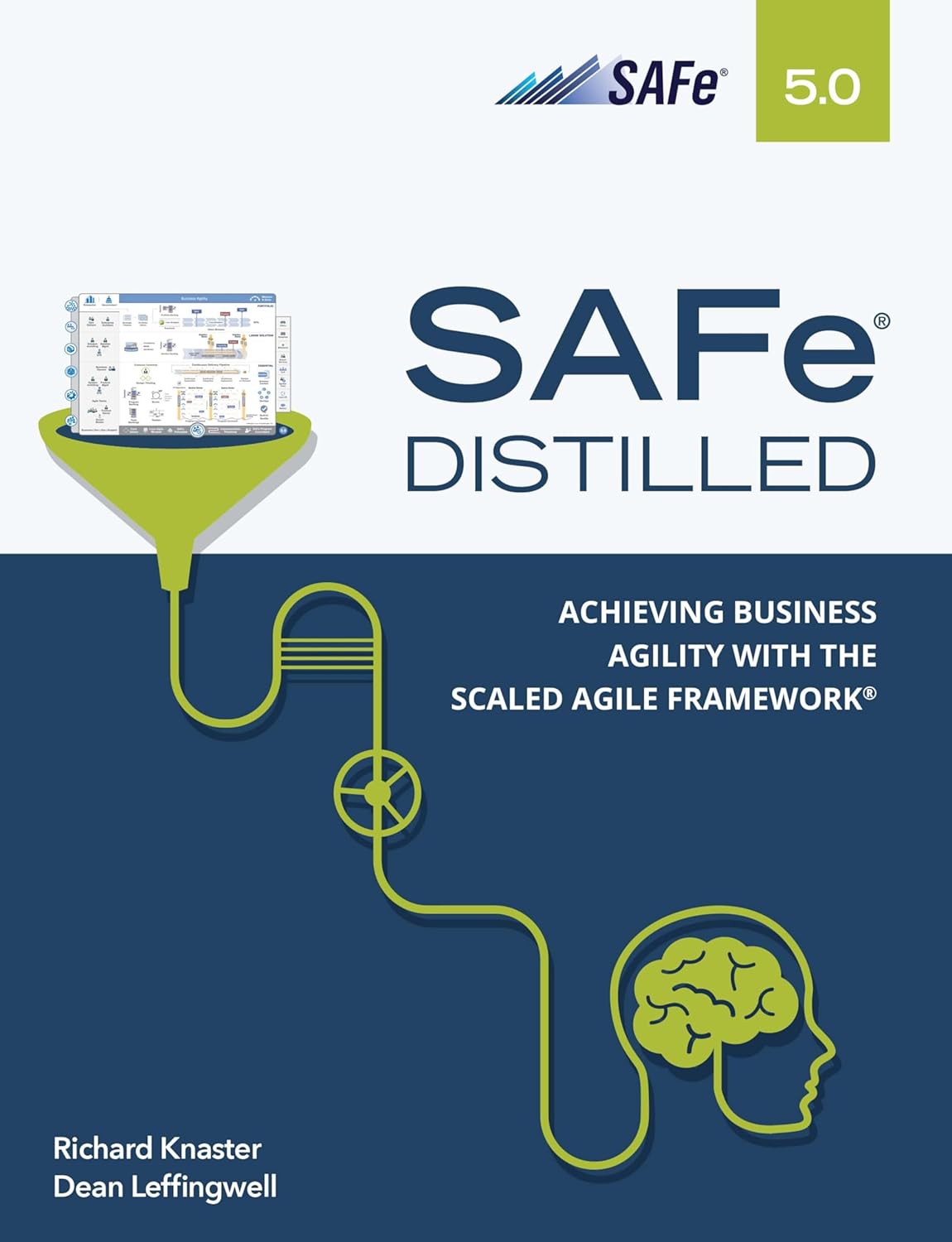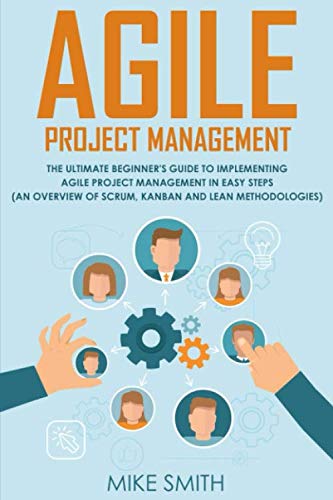
Cadence
What is Cadence?
Cadence in project management refers to the regular, repeating rhythm or schedule of key project activities, meetings, or deliverables. It helps teams maintain consistency, set expectations, and ensure alignment across various stakeholders. Agile methodologies often apply this concept, where activities such as sprint planning, reviews, and retrospectives follow a fixed interval. However, cadence can also be helpful in traditional project frameworks, offering structure through scheduled checkpoints or status updates.
Establishing a consistent cadence allows teams to build momentum, make incremental progress, and quickly identify and address issues. It also supports better time management and communication by creating predictable routines. The right cadence depends on the project’s complexity, team size, and goals. A well-chosen rhythm enhances overall project performance, whether daily, weekly, or monthly.
Key Points
- It refers to the regular frequency at which project activities occur.
- It supports consistency, efficiency, and transparency in project execution.
- It is adaptable and can be applied to agile and traditional project methods.
- Establishing a steady rhythm helps identify problems early and respond promptly.
- The optimal cadence varies by team and project but should remain consistent once set.
Related Terms
- The term iteration refers to a time-boxed work cycle often following a set cadence in agile methodologies.
- A regular cadence usually governs a sprint, a short, fixed period in which the team completes specific tasks.
- Scrum ceremonies, such as daily stand-ups and sprint reviews, depend on a stable cadence to be effective.
- A project schedule outlines the timing of deliverables and activities and the benefits of having a reliable cadence.
- Workflow management uses cadence to structure how and when tasks move through stages of completion.
Cadence: Example
A software development team working in two-week sprints holds sprint planning meetings every other Monday. They follow a cadence that includes daily morning stand-ups, sprint reviews every second Friday, and retrospectives at the end of each sprint. This routine helps the team stay aligned, quickly adapt to changes, and improve continuously.
Cadence: Best Practices
- Choose one that aligns with your team’s workload and communication needs.
- Maintain consistency to build habits and reinforce team discipline.
- Use tools like calendars or project management software to reinforce the schedule.
- Reassess it periodically to ensure it remains effective as the project evolves.
- Encourage feedback from team members to fine-tune the rhythm for maximum productivity.
Additional Resources
Preparing for a PMI certification?
- Exam Prep Courses: PMP®, CAPM®, and PMI-ACP®
- Exam Simulators: PMP®, CAPM®, PMI-ACP®, PMI-PBA®, PMI-RMP®, PMI-SP®, PgMP®, and PfMP®
- Professional Development Units (PDUs): 15, 30, and 60 PDU Bundles




